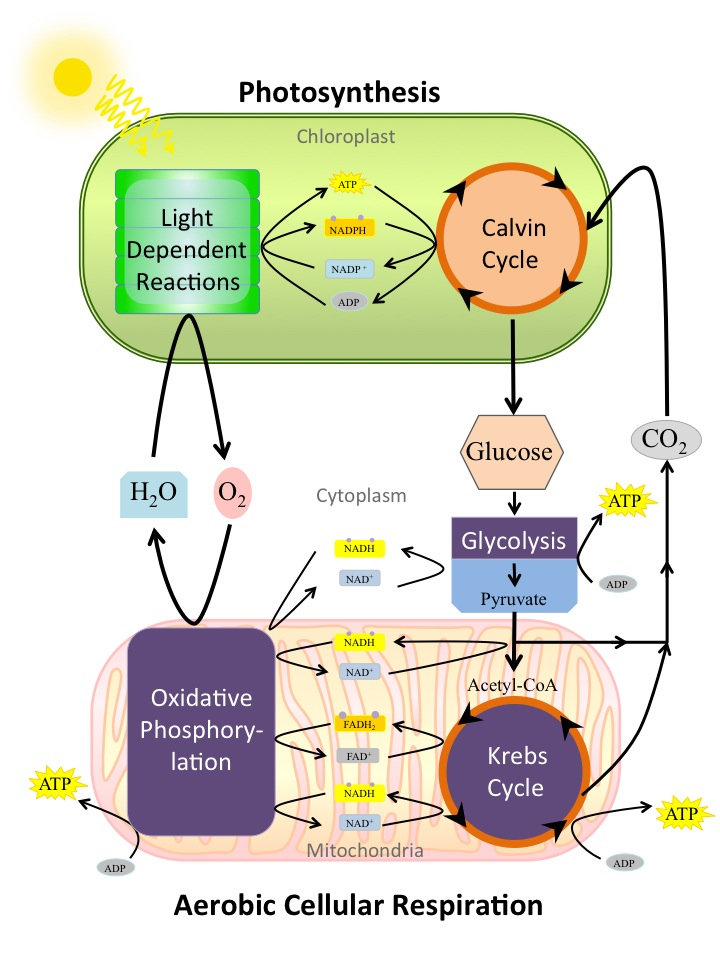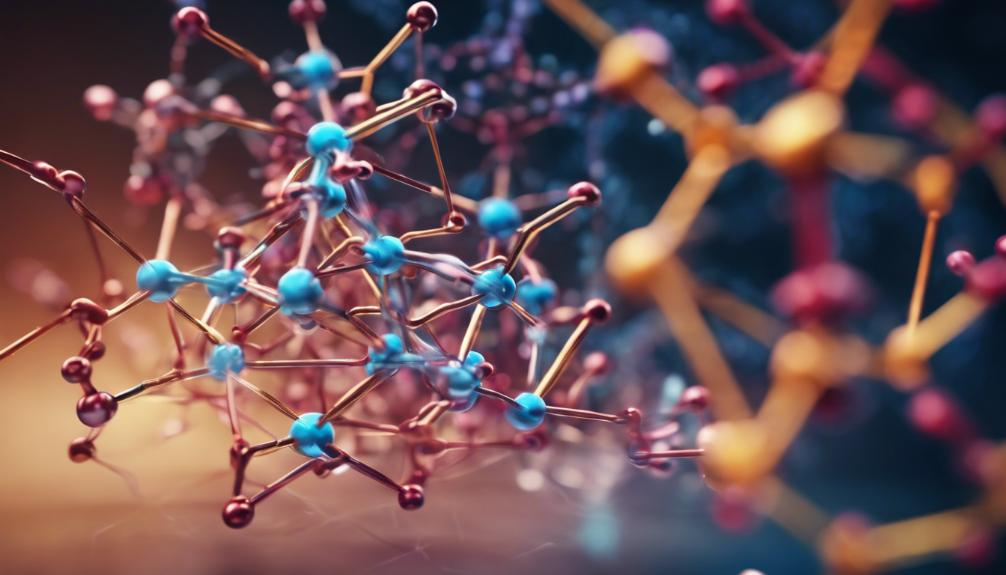Rat watching is emerging as a fascinating field that blends behavioral science with advanced technology. By observing these intelligent social creatures, researchers aim to unveil the complexities of rat social interactions, providing insights that may even extend to human behavioral disorders, including autism. A groundbreaking AI method is now being employed to analyze these interactions more systematically, leveraging machine learning in science to render rich data about the social behavior in rats. This innovative approach allows scientists to dig deeper into the minute details of rat engagement, capturing over 110 million 3D poses that document their every movement. Consequently, this new understanding may pave the way for innovative therapeutic strategies aimed at addressing social behavioral disorders in humans, making rat observation a powerful tool in unlocking the mysteries of the brain.
Exploring the world of rat observation offers a unique lens into the dynamics of social behavior within the rodent community. This practice, akin to behavioral studies in other social animals, unveils the nuances of rat interactions, where complex emotional exchanges occur through subtle body language. With recent advancements, particularly in machine learning techniques for behavior analysis, scientists are now equipped to gain unprecedented insights into these interactions. By examining the social structures and gestures of rats, researchers not only enhance their comprehension of these animals but also draw parallels to human conditions like autism. The intersection of animal behavior studies and cutting-edge technology highlights the importance of understanding how innate social behaviors can inform broader scientific inquiries into human psychology.
The Importance of Rat Watching in Behavioral Research
Rat watching has become an invaluable tool in behavioral research, shedding light on the intricate social behaviors of rats. This practice allows scientists to observe and analyze the nuances of rat interactions, providing insights into their social dynamics. By understanding how rats communicate through body language and physical gestures, researchers can draw parallels to human behavior, particularly in the context of social disorders such as autism. The detailed observations gathered from rat watching offer a foundation for exploring the biological underpinnings of social behavior, feeding into broader studies on cognition and social interactions.
Advanced methodologies in rat watching have evolved significantly with the integration of AI and machine learning. Researchers can now track and quantify movements with remarkable precision, transcending the limitations of traditional observation methods. With AI-driven tools capable of processing vast amounts of data, the analysis of rat behavior can yield richer, more comprehensive insights into social interactions. These advancements not only enhance our understanding of rat behavior but also offer potential models to study human conditions like autism, where social behavior can be atypical.
AI Methods Transforming Behavioral Analysis
The introduction of AI methods in behavioral analysis marks a revolutionary leap in the study of social behavior across species. By utilizing machine learning, researchers can automate the process of analyzing video footage, extracting detailed movement patterns that would be nearly impossible to discern through manual observation alone. This technology enables scientists to capture and quantify the intricate nuances of social behavior in rats, such as grooming rituals and play interactions. Such detailed analyses are crucial for developing a deeper understanding of social behaviors that may have parallels in human autism.
Moreover, the efficiency of AI in processing behavioral data allows researchers to focus on interpretation rather than merely recording observations. With the capability to analyze over 110 million data points, the AI methods provide a robust framework for examining how social interactions influence behavior. This quantitative approach not only enriches the scientific discourse on social behavior but also encourages interdisciplinary collaborations that can extend findings to fields like psychology, neuroscience, and even artificial intelligence.
Understanding Autism Through Rat Social Dynamics
Research into the social dynamics of rats provides compelling insights into understanding autism spectrum disorders. By observing genetically modified rats that reflect certain autistic traits, scientists can explore how genetic variations affect social interactions. This approach serves as a model for understanding the complexities of autism, which is characterized by a variety of socialization styles and strategies. By studying rat social behavior, researchers can investigate the underlying mechanisms that might influence similar behaviors in humans, thus paving the way for innovative therapeutic approaches.
Importantly, understanding the social behavior of rats can illuminate how specific genes may predispose individuals to autism. Researchers examine how changes in social interaction styles among genetically altered rats mirror the variations seen in human social behavior among those on the autism spectrum. This comparative research highlights the importance of examining social dynamics in a controlled environment, allowing scientists to draw meaningful conclusions that could enhance our knowledge of autism and its treatment.
Machine Learning Innovations in Social Interaction Research
Machine learning innovations are transforming the landscape of social interaction research, particularly in the domain of rat behavior. By leveraging cutting-edge algorithms, scientists can better understand the parameters of rat social interactions and the myriad factors that influence these behaviors. The precision offered by machine learning allows researchers to quantify gestures, analyze interactions, and identify patterns—enhancing our comprehension of social dynamics not only in rats but across various species, including humans.
Furthermore, these machine learning applications facilitate large-scale analysis of social behavior, from simple interactions to complex patterns of communication. As researchers capitalize on advanced AI techniques, they will uncover deeper layers of sociality and behavioral expression in rats, offering vital insights that could translate into understanding human social behavior. The potential to unlock the neural circuitry underlying these behavioral patterns might lead to significant breakthroughs in understanding both animal models and human neurological conditions.
The Role of Body Language in Rat Social Interactions
Body language is a critical aspect of social interactions, particularly among rats, where subtle movements convey a wealth of information. Researchers have noted that rats use intricate gestures and postures to communicate social status, intentions, and mood. For instance, rats may engage in grooming or playful chasing as a means of strengthening social bonds. Observing these behaviors closely allows scientists to delve into the underlying mechanics of social engagement and peer interactions within groups, further enriching our knowledge of social behavior.
As scientists study rat body language, they are beginning to see parallels in human communication, providing a bridge for understanding complex social dynamics. Just as humans utilize non-verbal cues to convey emotions or intentions, rats similarly employ body language to facilitate social cohesion and conflict resolution. This interplay reinforces the notion that studying rat interactions can offer significant insights into the nuances of social behavior, serving as a valuable model for elucidating human social dynamics.
Exploring Genetic Influence on Social Behavior
Genetic influence on social behavior is a critical area of exploration in understanding both rat social dynamics and human neurodevelopmental disorders. Researchers utilize genetically modified rats to investigate how specific genes impact social interactions and behavioral outcomes. By analyzing behaviors exhibited by these rats, scientists can begin to link genetic predispositions to distinct social behavior patterns, shedding light on the complexities of social engagement.
These investigations into genetic influence are particularly relevant for studying conditions like autism, where genetic factors may play a significant role in social functioning. By mapping variations in social behavior among genetically diverse rat populations, researchers can draw parallels to human behaviors associated with autism. This genetic lens allows for a more profound understanding of how biological components shape social interactions and informs future research on therapeutic interventions based on genetic profiles.
Behavioral Quantification: A New Standard in Research
Behavioral quantification emerges as a new standard in research, particularly in the study of social interactions among rats. By shifting from observational methods to quantifiable metrics, researchers are paving the way for more reliable and reproducible findings. The implementation of AI-based tracking not only captures the subtleties of rat movements but also allows for a data-driven analysis of social behavior patterns. This approach signifies a transformative step forward in behavioral science, emphasizing the importance of objective data in understanding complex social systems.
The shift towards behavioral quantification is significant for the broader study of animal behavior and its implications for human psychology. With a rigorous methodology in place, scientists can analyze social behaviors in a more systematic manner. This objectivity not only enhances the integrity of the research but also opens avenues for collaborative projects, contributing to a unified understanding across disciplines on how social behavior is formed and manifested in both humans and animals.
Future Directions in Rat Social Behavior Research
The future of rat social behavior research is filled with promise thanks to recent advancements in technology and methodology. With the continued integration of machine learning and AI, researchers are poised to uncover deeper insights into the intricacies of social interactions among rats. Upcoming studies aim to further delineate how social behaviors evolve with environmental changes and genetic modifications. This evolving landscape enriches our understanding of social behavior, offering potent implications for human behavioral studies, particularly in addressing disorders like autism.
Moreover, collaborative projects leveraging shared data are likely to emerge as a hallmark of future research initiatives. By integrating findings across various laboratories and disciplines, scientists can build a comprehensive picture of social behavior that considers multiple facets, from genetics to environmental influences. As researchers strive to unlock the complex relationships between brain function and social interactions in both rats and humans, the future holds significant potential for transformative discoveries that could enhance therapeutic strategies in the realm of social disorders.
Frequently Asked Questions
What are the benefits of rat watching in understanding social behavior in rats?
Rat watching provides valuable insights into the social behaviors of these creatures, helping researchers decipher complex interactions. By examining how rats communicate through body language and touch, scientists can draw parallels to human social interactions, enhancing our understanding of social behavior in both rats and humans.
How does AI contribute to rat watching and behavior analysis?
AI significantly enhances rat watching by enabling advanced behavior analysis methods. Through machine learning algorithms, researchers can track over 110 million unique poses of rats, capturing intricate details of their social interactions. This technology allows for a more rigorous and objective study of rat behavior than traditional observational methods.
What role do rat social interactions play in studying conditions like autism?
Rat social interactions are critical in studying autism because researchers can observe how genetically modified rats with specific traits mimic certain human social behaviors. By assessing how these rats engage socially, scientists gather insights that may inform our understanding of autism and lead to potential therapeutic approaches.
What advancements have been made in understanding social behavior in rats?
Recent advancements in rat watching, particularly through AI and machine learning, have transformed how scientists analyze rat behavior. Studies now focus on capturing detailed movement patterns and social interactions, providing richer data that can reveal underlying principles of sociality and potentially relate to human behavioral conditions.
How does machine learning improve the study of rat behavior?
Machine learning improves the study of rat behavior by automating the analysis process, allowing researchers to examine vast amounts of data quickly. This method replaces traditional, subjective video observations with quantitative metrics, making it easier to identify specific behaviors and their frequencies in various social contexts.
What can we learn from the social behavior of rats in relation to human social interactions?
By observing rat social behavior, scientists can uncover fundamental aspects of social interaction that are similar to those in humans. This comparative study helps illustrate how social gestures and body language play crucial roles in communication across species, including potential insights into the social challenges faced by individuals on the autism spectrum.
Are there any ongoing studies related to rat watching and autism research?
Yes, ongoing studies are utilizing innovations in rat watching to explore genetic factors affecting social behavior linked to autism. Researchers are investigating how specific gene variations influence social interactions among rats, which may reveal important connections to the experiences of humans on the autism spectrum.
How does the research on rat watching contribute to therapy approaches for autism?
Research on rat watching contributes to therapy approaches for autism by identifying the neural circuits associated with social behaviors. Understanding these mechanisms in rats may lead to new strategies for interventions and therapies that address social deficits in individuals with autism.
| Key Points | Details |
|---|---|
| Research Focus | Explores how rat watching can improve understanding of social behavior and brain connections. |
| AI Methodology | Utilizes machine-learning to track and analyze over 110 million 3D poses of rat movements. |
| Social Behavior Insights | Rats display complex social interactions similar to humans, providing insights into behaviors. |
| Link to Autism Research | Potentially reveals behavioral patterns related to autism and genetic influences. |
| Future Research | Plans to investigate how specific brain circuits affect social behavior variances. |
Summary
Rat watching is proving to be a revolutionary tool in understanding social behaviors and their neurological underpinnings. The innovative AI methods applied studying rats not only illuminate their social interactions but also offer pivotal insights into human conditions such as autism. By examining how these social behaviors manifest, researchers can explore the intricate link between genes and behavior, thus paving the way for new therapeutic approaches. This research underscores the profound connection between animal behavior studies and the potential benefits for human cognitive and social disorders.



